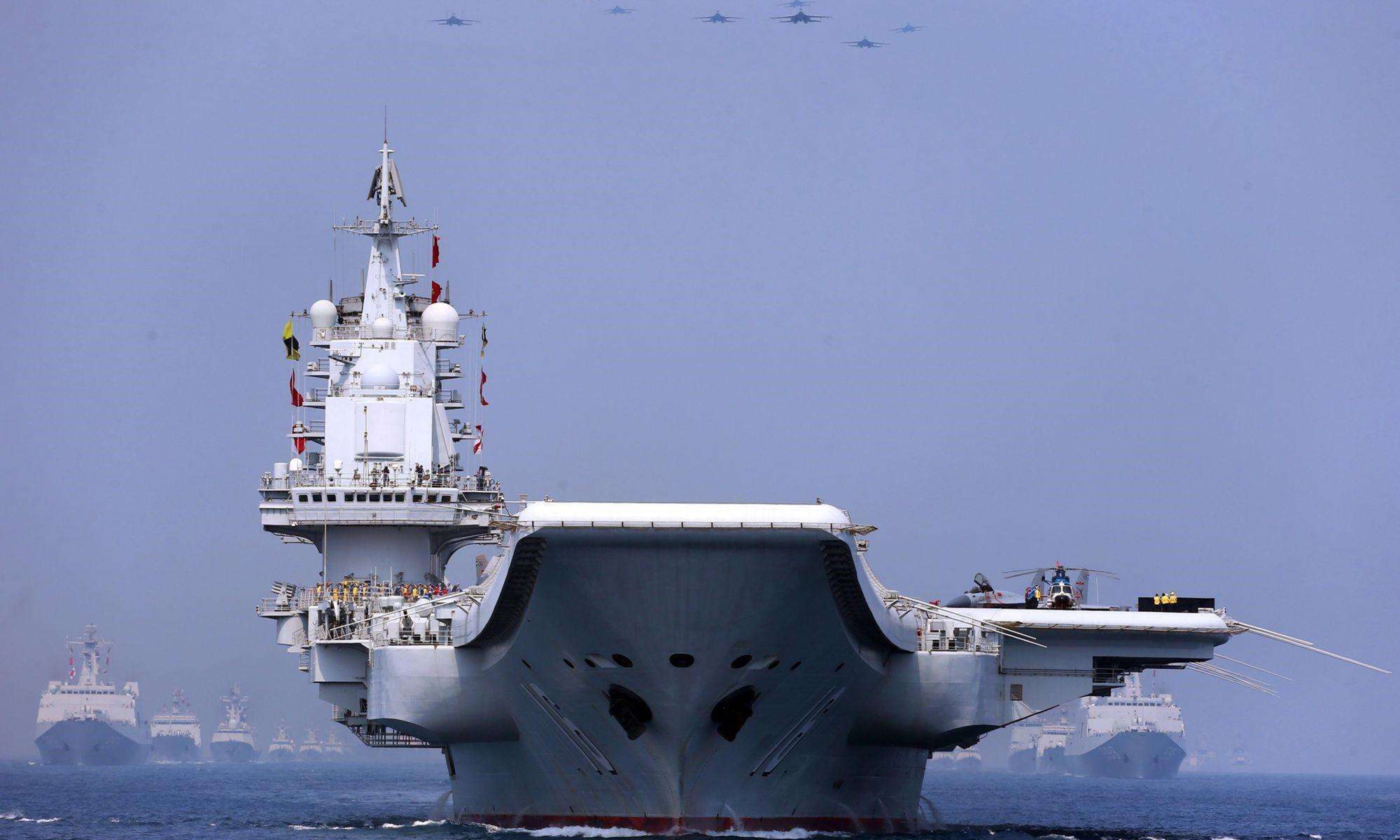plawolf
Lieutenant General
If PLAN envisions operating larger task forces in conceivable conflict scenarios, then it needs to train using those larger task forces to practice effective coordination of all those assets against likely threat actors, particularly submarines. You can't just throw more ships, aircraft, and submarines out there in a time of war and expect them to coordinately effectively if they have no peacetime experience of doing so. And on the flip side, PLAN submarines need practice operating against larger task forces with sophisticated ASW screens that they may encounter in conceivable conflict scenarios. I can buy that PLAN is still "working up" to such expansive exercises, but I certainly believe that the peacetime training regimen needs to keep pace with how these vessels are intended to be used in prospective conflict scenarios, and to replicate that to the extent that it is practical to do so.
It’s actually the other way around, it’s far more impressive and challenging to be able to form a credible and effective carrier defensive screen with a smaller protective fleet than a larger one.
It’s like you are running a restaurant, it’s pretty easy to keep all the customers fully satisfied if you put a dedicated server at every table, and the job of the servers are also far less demanding the fewer tables they need to manage. But scale back the number of servers and it gets a lot harder as everyone now needs to be able to effectively multitask rather than being able to just focus on one job.
With the likes of the 055 having dedicated fleet command functions, running a large fleet shouldn’t be much of a challenge, since the carriers themselves will also have fleet command functions. Indeed, running a large fleet may well be less taxing and demanding since there should be fewer commands needed to be relayed to the rest of the fleet since all the ships will have set, dedicated roles in a large fleet and probably a few spare ships you can assign tasks at will; whereas with a smaller fleet, re-tasking one ship to perform a different role/task will require all the other ships to adjust roles accordingly to compensate.


